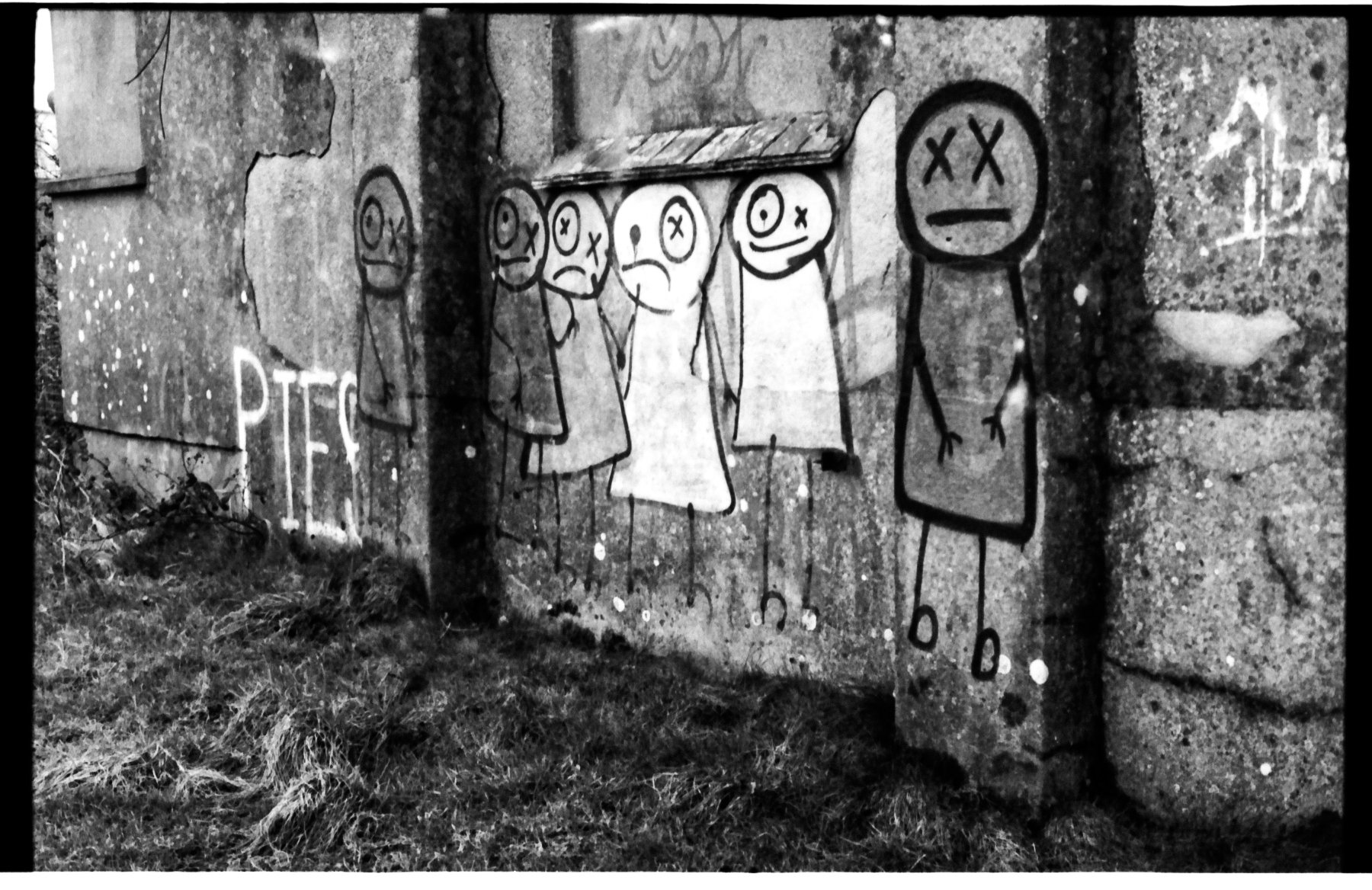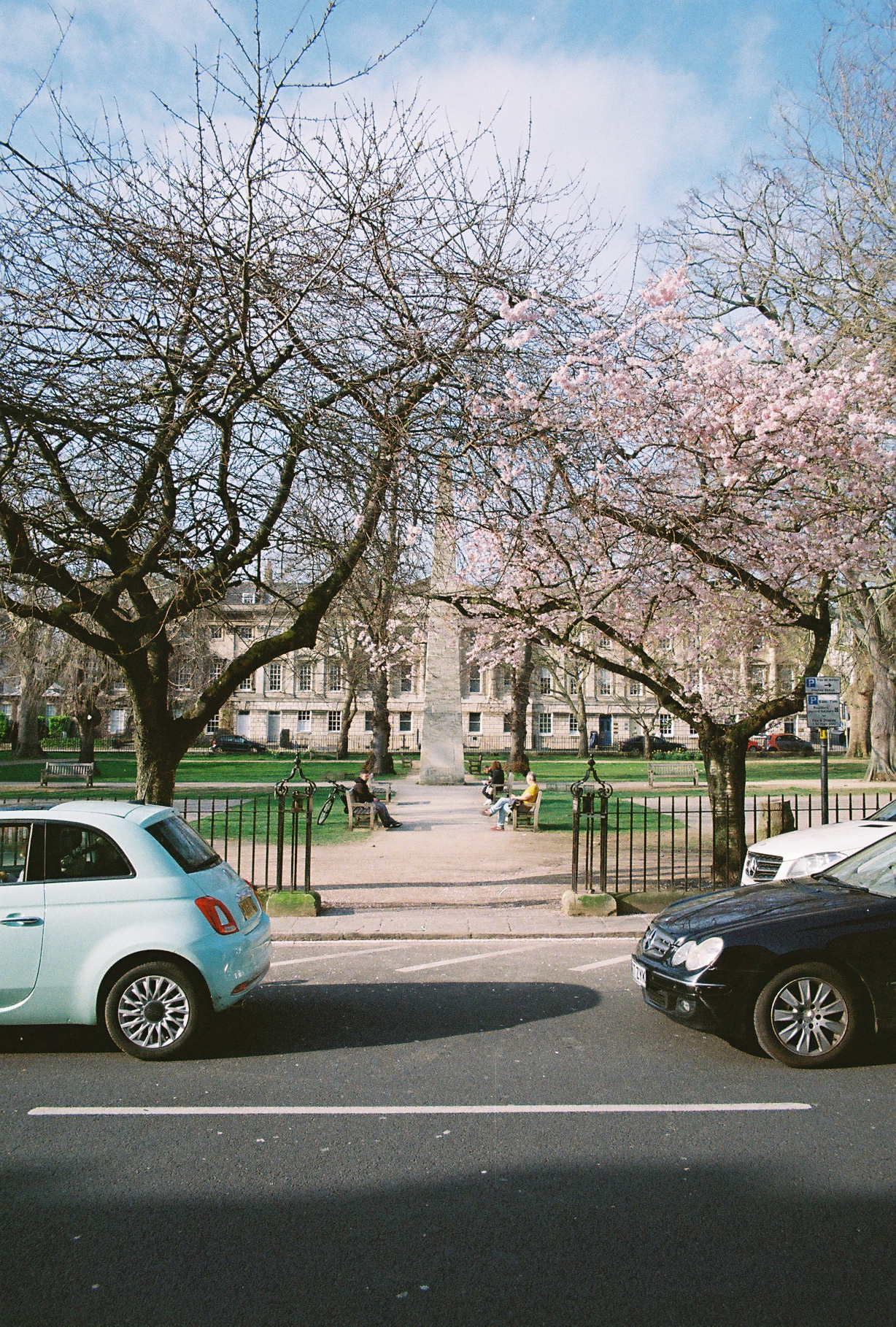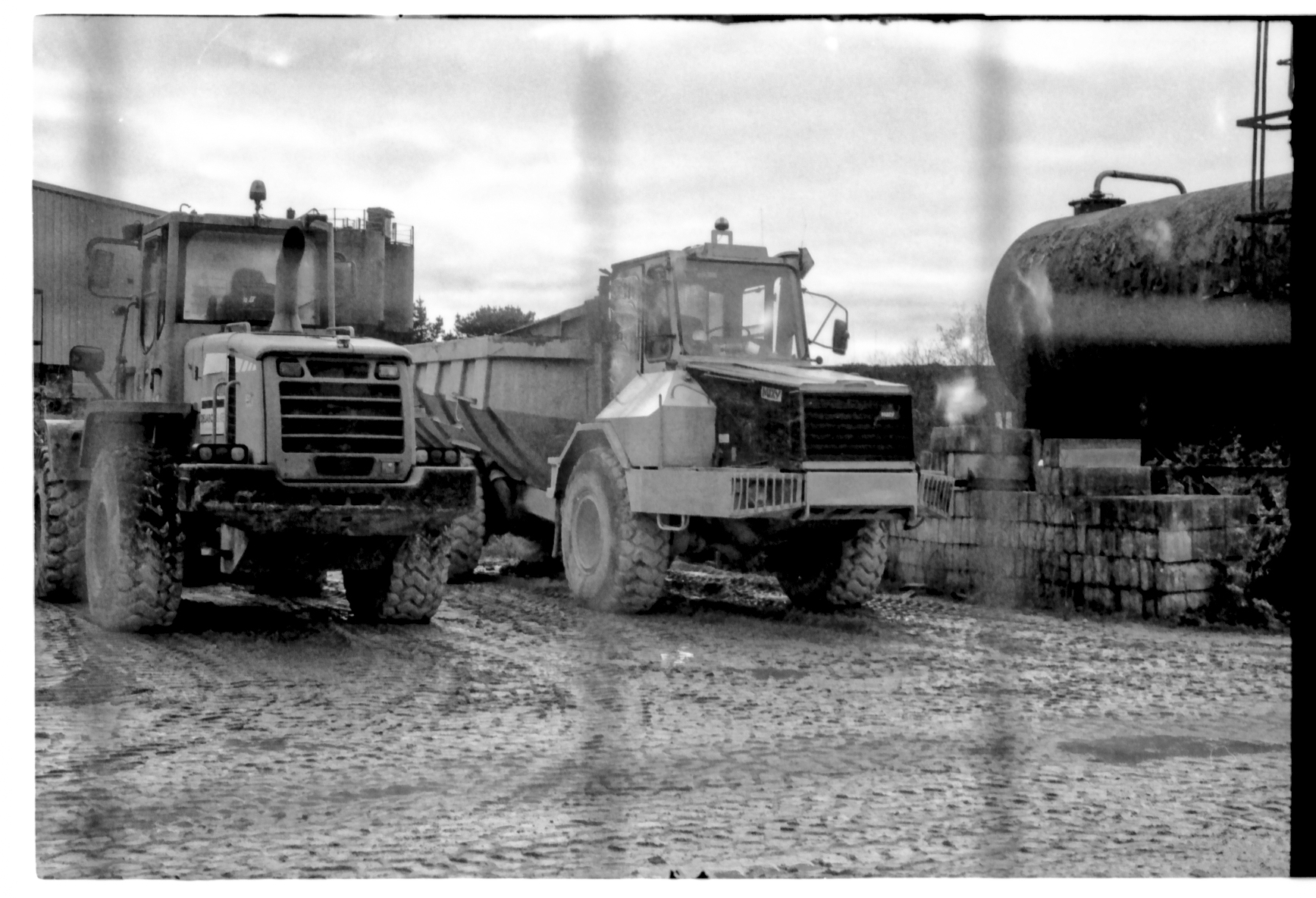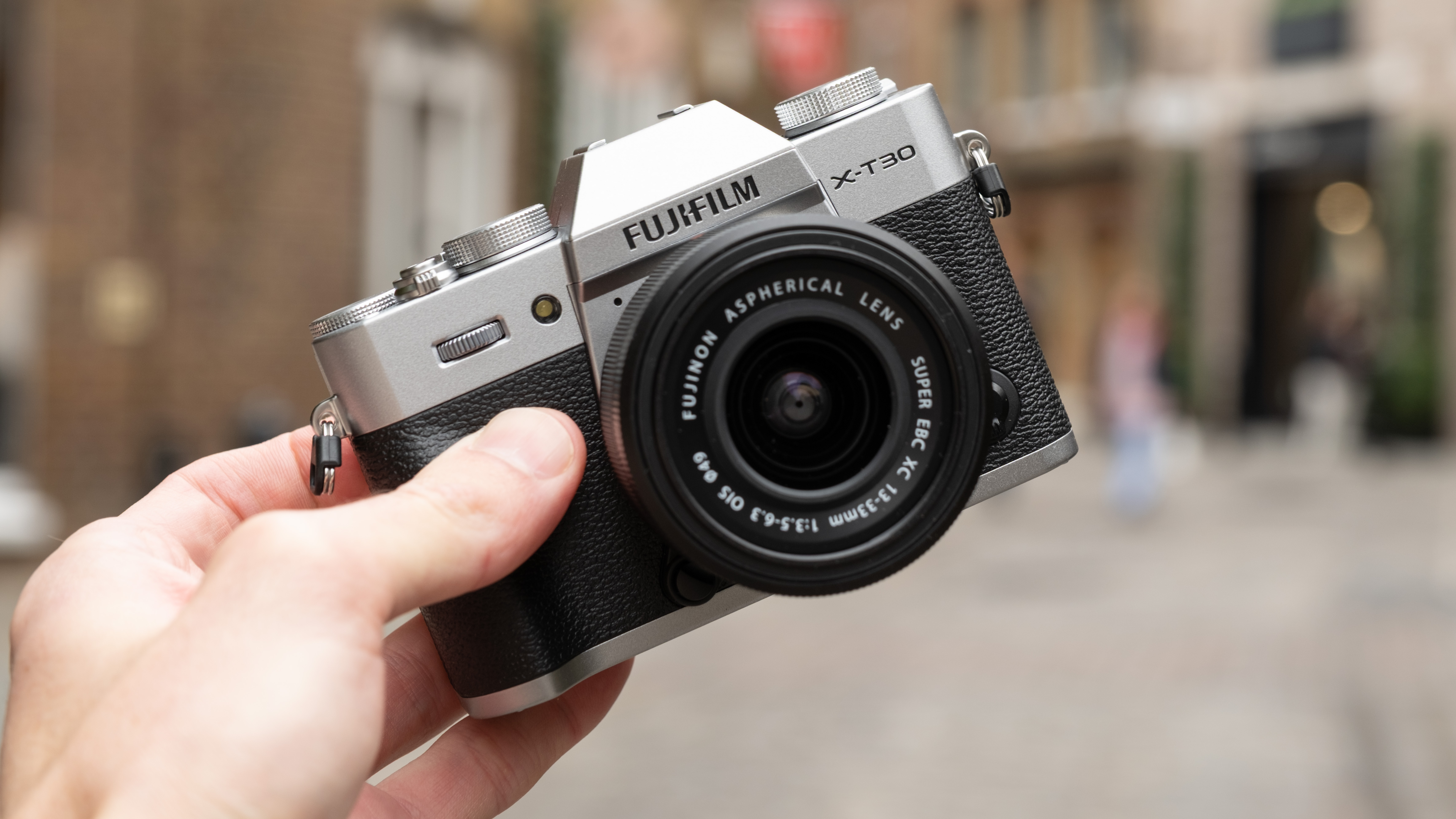The old conundrum: 24 or 36 exposures? My 'first-world' struggle with film photography
24 or 36-exposure rolls of 35mm film: which do you pick and why?
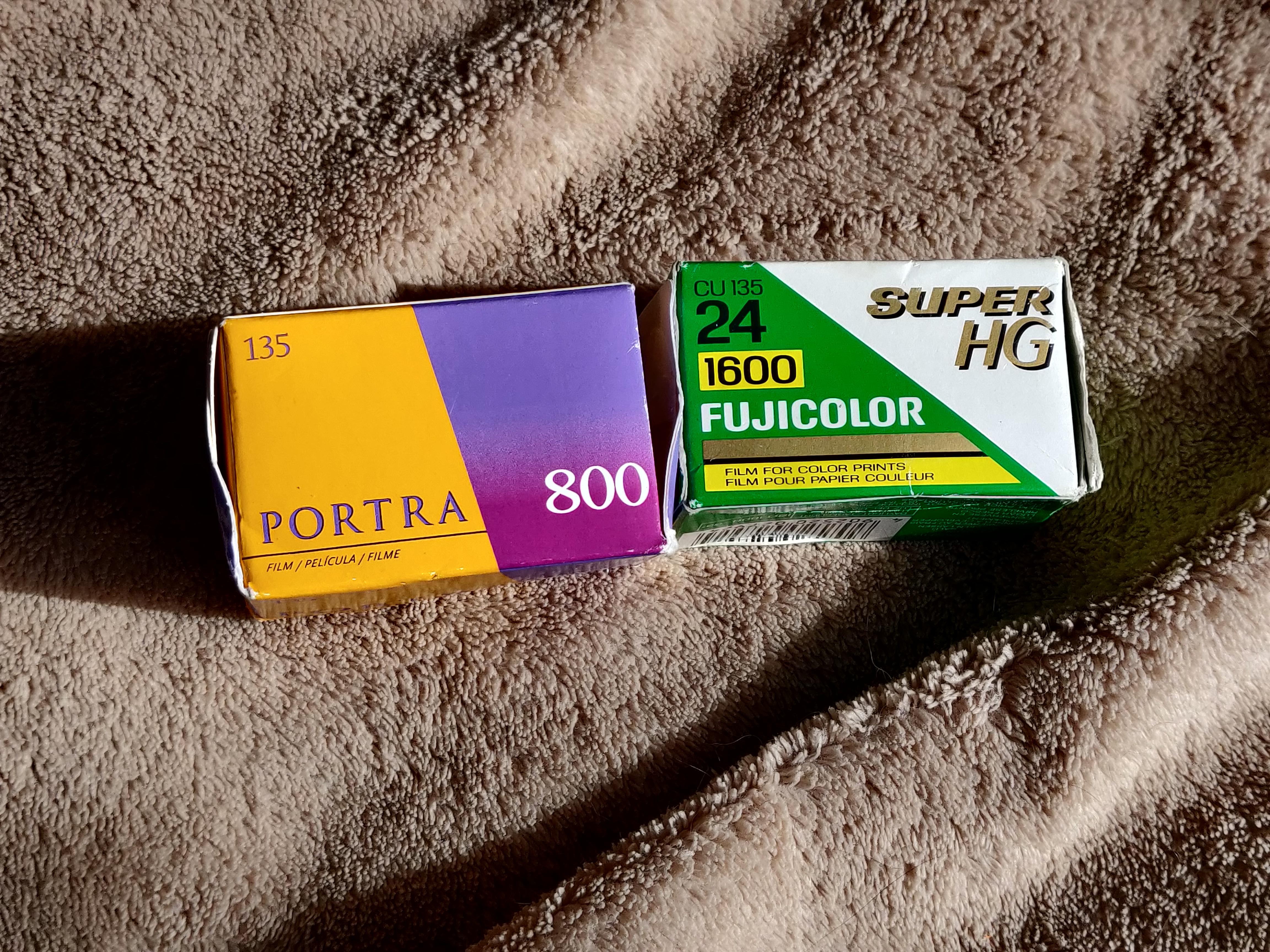
I've been an avid shooter of film for a very long time, in fact, I've seen film go in and out of fashion, and back into its resurgence which we are all seeing today and I have always had this first-world problem of knowing what film should I take and shoot, but more importantly what number of exposures do I really need for a shoot or while just on a stroll?
Sometimes I really enjoy shooting 36 exposures and it feels right on that day, but there are many times when I wish I just used a 24-exposure roll and I feel I've shot enough for what I want to achieve, and then I'm stuck in a limbo of do I want to finish this roll or if I save it, what am I going to shoot with the leftover shots, and do I really want to wait and see the images I've already shot!
While this is a very 'first-world' problem, I am positive I cannot be alone, always asking myself this old conundrum "Do I shoot 24 or 36?" - there are many manufacturers that still produce 24-exposure roll film – such as Kodak and Ilford – but I feel the 'go-to' is the standard 36-exp and while having more photos on a roll of film is a good thing, especially has color prices have skyrocketed, actually having more than you need in my situations is a hindrance, rather than a help!
I personally find that 24 is just the right number when I'm on a stroll or out and about and feel I would like to take images, I also find, and maybe this is an age thing that with a 24-exposure roll I often remember what I have shot, rather than scratching my head after shooting a 36 -exp roll.
24-exposure rolls are also a great place to start for anyone wanting to try out a new film stock they aren't familiar with, it gives you enough latitude in time to take varying images either when shooting street photography or landscapes while out and about on an adventure.
It is also a great number while doing home developing, as it lets you quickly see the results of your hard work, much easier to load into your development take, than the long pile of 36 exposure film that always tried to get tangled up.
Honestly, this isn't a rant against 36-exposure film, I have tonnes of the stuff lying around and I do shoot it a lot, but I do find that once my 24 frames are up frames 25-36 take an age!
The best camera deals, reviews, product advice, and unmissable photography news, direct to your inbox!
Because of this personal annoyance, I have decided to go back to bulk-loading my film - something I never thought I'd say again, especially in 2024! And yes, I will be loading 24 frames into my film canisters.
Check out our guide to the best film cameras and the best 35mm film

For nearly two decades Sebastian's work has been published internationally. Originally specializing in Equestrianism, his visuals have been used by the leading names in the equestrian industry such as The Fédération Equestre Internationale (FEI), The Jockey Club, Horse & Hound, and many more for various advertising campaigns, books, and pre/post-event highlights.
He is a Fellow of the Royal Society of Arts, holds a Foundation Degree in Equitation Science, and holds a Master of Arts in Publishing. He is a member of Nikon NPS and has been a Nikon user since his film days using a Nikon F5. He saw the digital transition with Nikon's D series cameras and is still, to this day, the youngest member to be elected into BEWA, the British Equestrian Writers' Association.
He is familiar with and shows great interest in 35mm, medium, and large-format photography, using products by Leica, Phase One, Hasselblad, Alpa, and Sinar. Sebastian has also used many cinema cameras from Sony, RED, ARRI, and everything in between. He now spends his spare time using his trusted Leica M-E or Leica M2, shooting Street/Documentary photography as he sees it, usually in Black and White.
